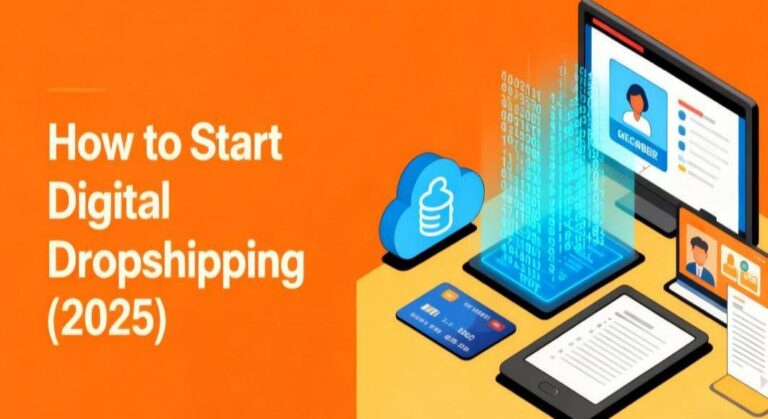Digital dropshipping is a modern e-commerce model where you sell digital products—like templates, eBooks, or software—without handling inventory or shipping. Orders are delivered instantly by your suppliers or platforms, making it a low-cost and scalable business for entrepreneurs.
According to Statista, the global digital media market is projected to reach over $870 billion in 2024, reflecting the growing demand for downloadable content, templates, and online courses., as consumers increasingly prefer instant, downloadable content. For anyone seeking a flexible, low-risk way to earn online, digital dropshipping is an ideal starting point.
Is Digital Dropshipping Legit?
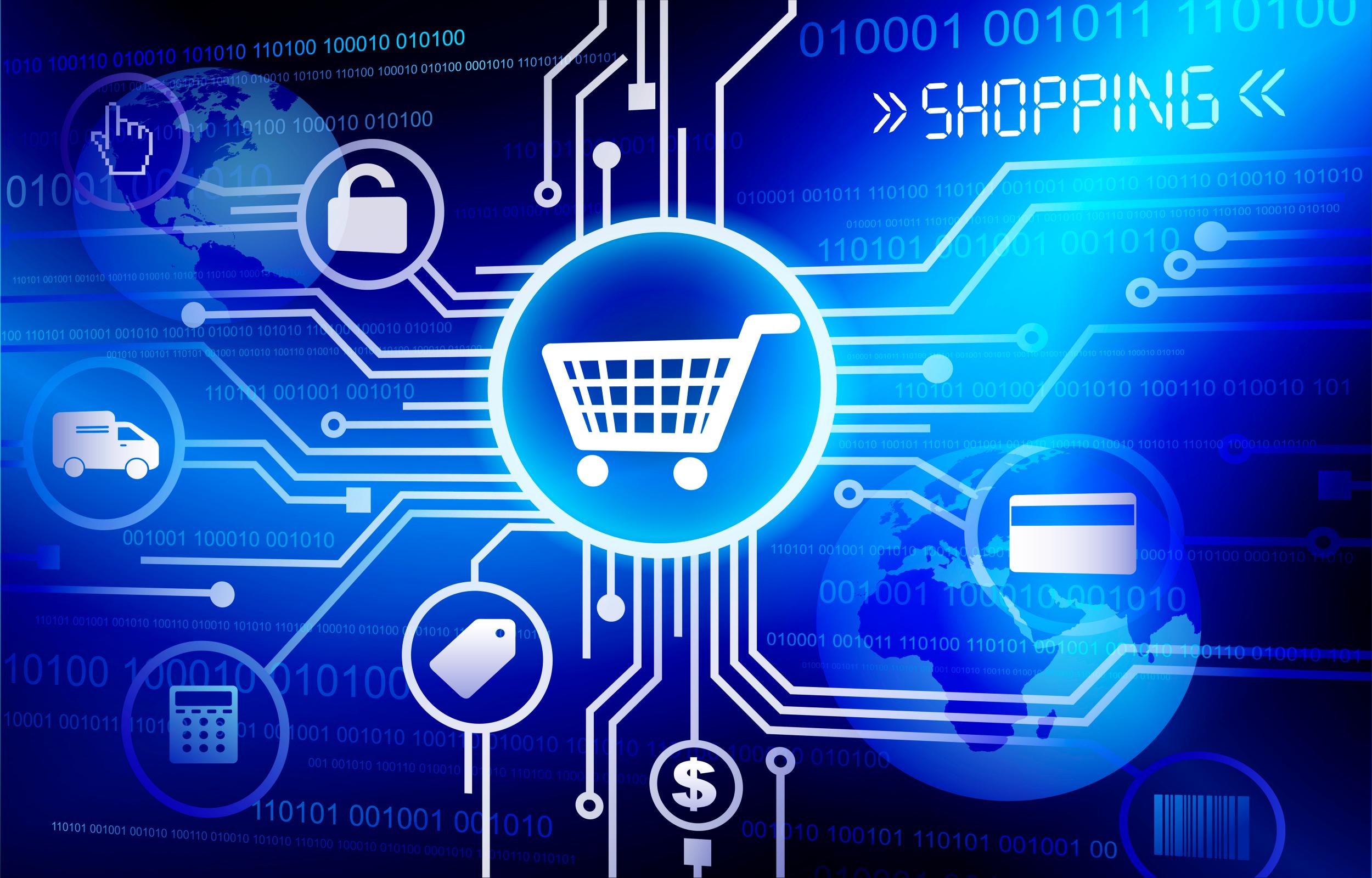
One of the most common questions new entrepreneurs ask is: “Is digital dropshipping legal?” The answer is yes—when done correctly. Legitimacy depends on three key factors: complying with platform policies, respecting intellectual property (IP) laws, and being transparent with customers.
Is Digital Dropshipping Legal?
- Platform Policies: Most major e-commerce platforms (Shopify, Etsy, Gumroad) explicitly allow digital dropshipping, as long as you don’t violate their terms. For example, Etsy requires you to disclose if a product is “fulfilled by a third party,” and Shopify prohibits selling counterfeit or copyrighted material.
- Intellectual Property: This is the biggest legal risk. You must only partner with suppliers who own the IP rights to their digital products. Selling pirated software, stolen photography, or unlicensed fonts can lead to lawsuits, account bans, or fines.
- Transparency: Be clear with customers about what they’re buying and delivery times. Misleading customers can damage your reputation and lead to chargebacks.
Is Digital Dropshipping Profitable?

To answer “Is digital dropshipping worth it?,” let’s break down the pros and cons:
Pros of Digital Dropshipping
- Zero Inventory Costs: You never buy or store products—suppliers handle creation and delivery.
- Instant Delivery: Customers get their products immediately (no waiting for shipping), which boosts satisfaction and reduces refund requests.
- Global Reach: Sell to anyone with an internet connection—no geographic limits or international shipping hurdles.
- High Profit Margins: Digital products have near-zero production costs.
- Automation: Tools like SendOwl or LemonSqueezy can automate order fulfillment, invoicing, and customer support—freeing up your time.
Cons of Digital Dropshipping
- Intellectual Property Risks: Even accidental IP violations can sink your business.
- High Competition: Popular niches (like Canva templates or resume templates) are saturated—standing out requires strong branding or niche selection.
- Refund Challenges: Digital products are easy to copy, so some customers may request refunds after downloading. Most platforms require you to honor these, cutting into profits.
- Low Perceived Value: Some customers hesitate to pay for “digital files” (vs. physical goods), so you’ll need to emphasize quality and utility.
Overall, digital dropshipping is worth it for entrepreneurs who prioritize low risk and scalability—but it’s not a “get-rich-quick” scheme. Success requires careful niche selection, reliable suppliers, and effective marketing.
Best Digital Dropshipping Products in 2025
The key to profitable digital dropshipping is choosing products with high demand, low competition, and recurring value. Here are the top digital dropshipping products to focus on in 2025:
1. Digital Templates

Templates are evergreen and require minimal updates—making them perfect for dropshipping. Popular options include:
- Canva Templates: Social media posts (Instagram Reels, TikTok graphics), business cards, wedding invitations, or marketing flyers.
- Notion Templates: Productivity trackers (habit trackers, budget planners), business dashboards (sales trackers, client management), or study organizers.
- Resume/CV Templates: Industry-specific designs (tech, creative, executive) with editable sections—high demand for job seekers.
Suppliers for templates can be found on Etsy, Creative Market, or Fiverr.
2. Online Courses & Ebooks
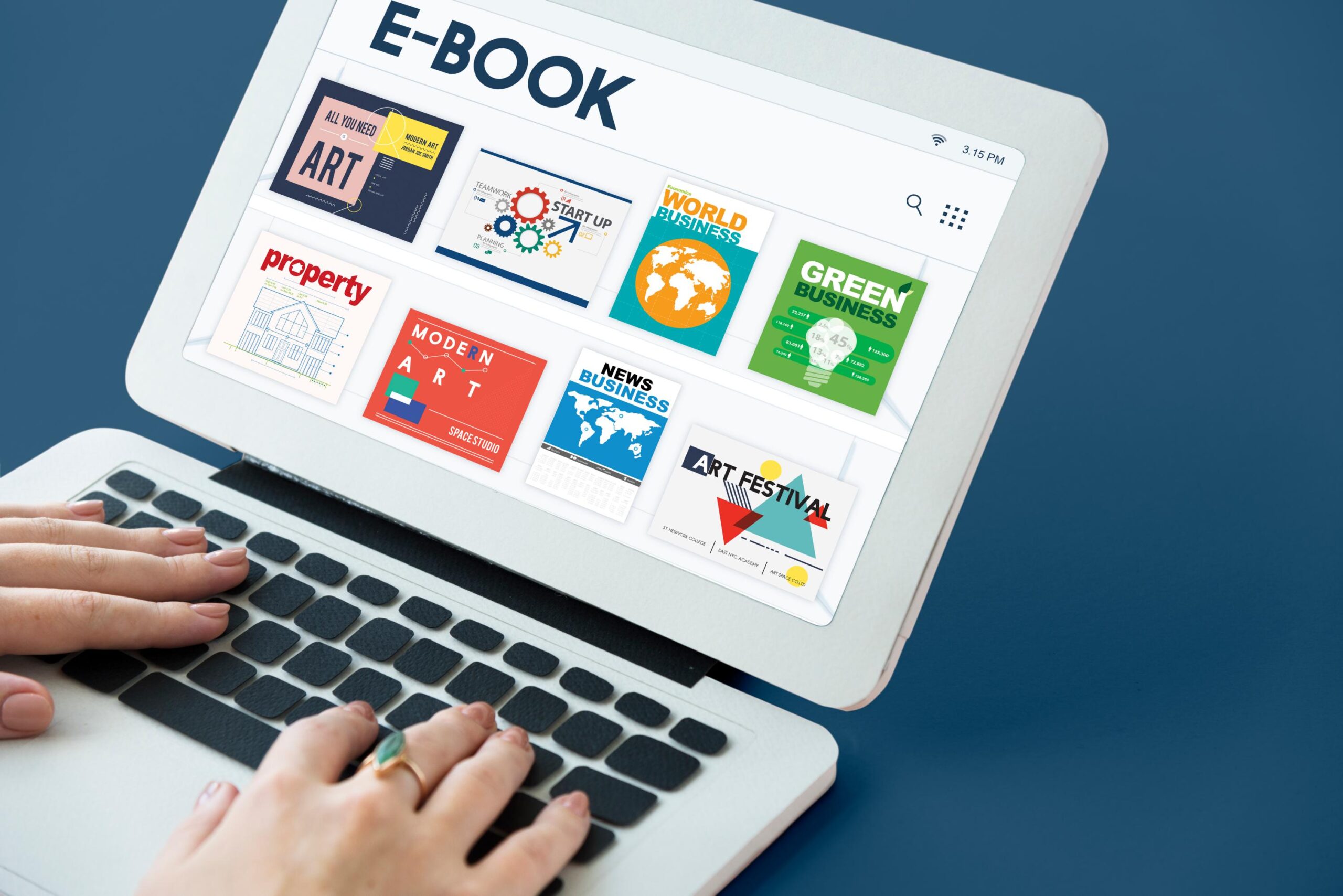
The “knowledge economy” is booming, and online courses/ebooks are easy to dropship. Focus on:
- Niche Courses: Short, actionable courses on topics like “AI Prompt Engineering for Content Writers,” “Beginner Yoga for Busy Parents,” or “Social Media Marketing for Local Cafes.”
- Ebooks: Quick-read guides (50–100 pages) on self-help, business, or hobbies (e.g., “How to Grow Tomatoes in Small Spaces” or “Budget Travel in Europe”).
Suppliers include course creators on Udemy (who offer affiliate or reseller programs) or independent authors on Amazon KDP.
3. Software Licenses, Plugins, & Fonts
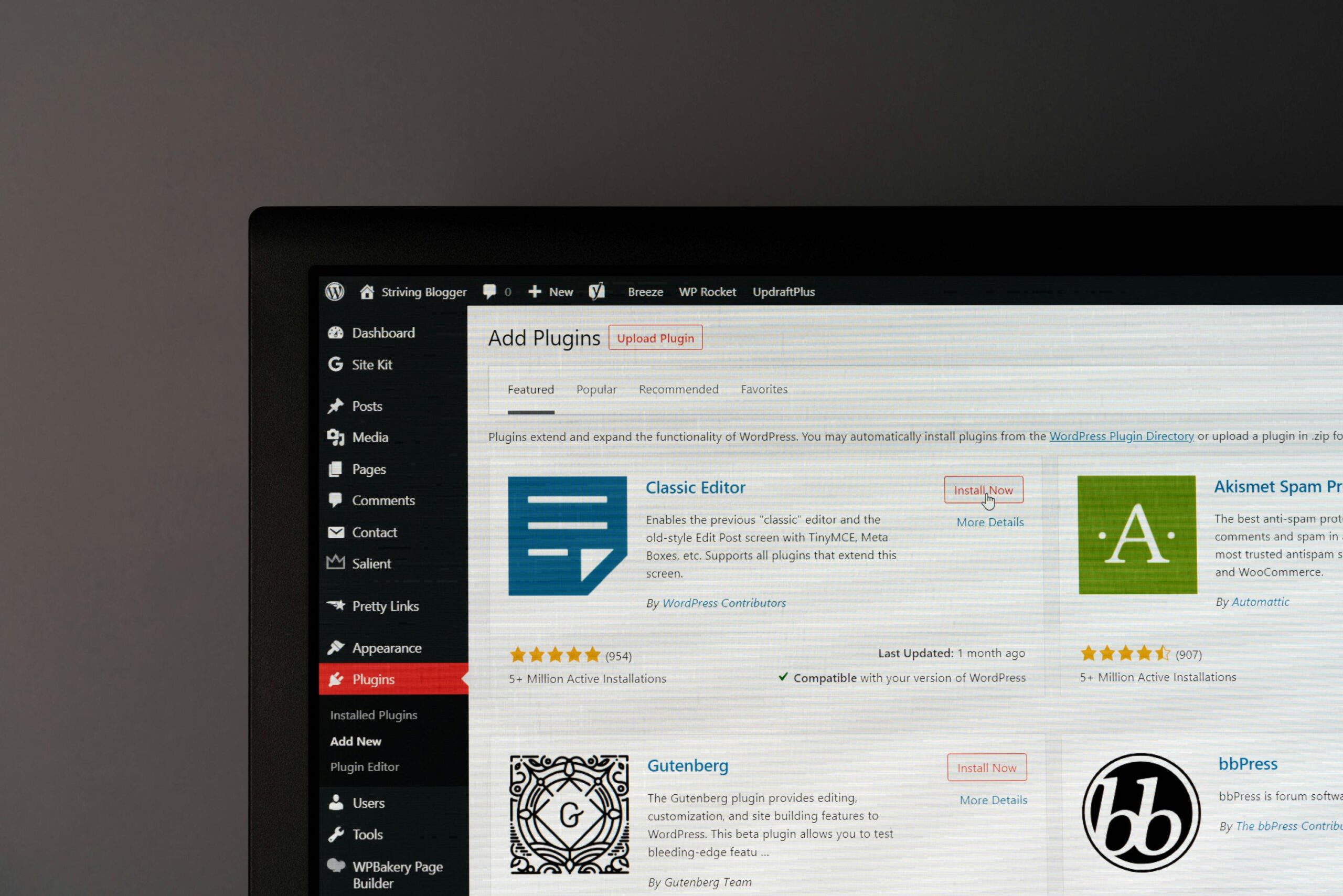
Tech-related digital products have high profit margins and recurring demand:
- Software Licenses: Discounted licenses for tools like graphic design software (Canva Pro), project management tools (Asana), or video editing software (CapCut Pro).
- WordPress Plugins: SEO plugins (Rank Math), email marketing plugins (Mailchimp for WordPress), or e-commerce plugins (WooCommerce extensions).
- Fonts & Graphics: Premium font packs (for designers), stock photos (for bloggers), or vector graphics (for social media).
Suppliers often include software companies with affiliate programs (e.g., Canva’s affiliate program) or marketplaces like Envato Elements.
4. AI Prompts & Digital Creatives

As AI becomes more mainstream, AI-related digital products are skyrocketing in demand:
- AI Prompts: Curated prompts for ChatGPT (content writing, business ideas), MidJourney (graphic design), or DALL-E (image generation). For example, “100 ChatGPT Prompts for Bloggers” or “MidJourney Prompts for Wedding Invitations.”
- Digital Art: AI-generated art (with commercial use rights) for posters, phone wallpapers, or social media.
Suppliers can be found on AI prompt marketplaces like PromptBase or independent creators on X.
How to Start a Digital Dropshipping Business (Step-by-Step)
Starting a digital dropshipping business takes 4–6 weeks and requires no technical skills. Here’s your step-by-step guide:
Step 1: Choose a Profitable Niche

Don’t try to sell “everything”—focus on a specific niche with high demand and low competition. Use these tools to research:
- Google Trends: Check if interest in a niche is growing (e.g., “AI prompts” or “Notion templates”).
- Etsy/Amazon: Look for products with 500+ sales but fewer than 1,000 listings (low competition).
- Social Media: See what’s trending on TikTok or Pinterest (e.g., “budget planner templates” often goes viral).
Example of a profitable niche: “Notion templates for freelance writers” (specific, low competition, high demand).
Step 2: Find Reliable Suppliers

Your suppliers are the backbone of your business—choose carefully. Here are the best places to find them:
- Marketplaces: Etsy (search for “resell rights” or “commercial use”), Creative Market, Envato Elements, or PromptBase.
- Affiliate Programs: Join programs from software companies (Canva, Udemy) or course creators—they’ll handle fulfillment, and you earn a commission per sale.
- Independent Creators: Reach out to designers or writers on Fiverr/Upwork and ask if they offer resell rights for their work.
Always vet suppliers: Check reviews, ask for samples of their products, and confirm they own the IP rights.
Step 3: Set Up Your Online Store
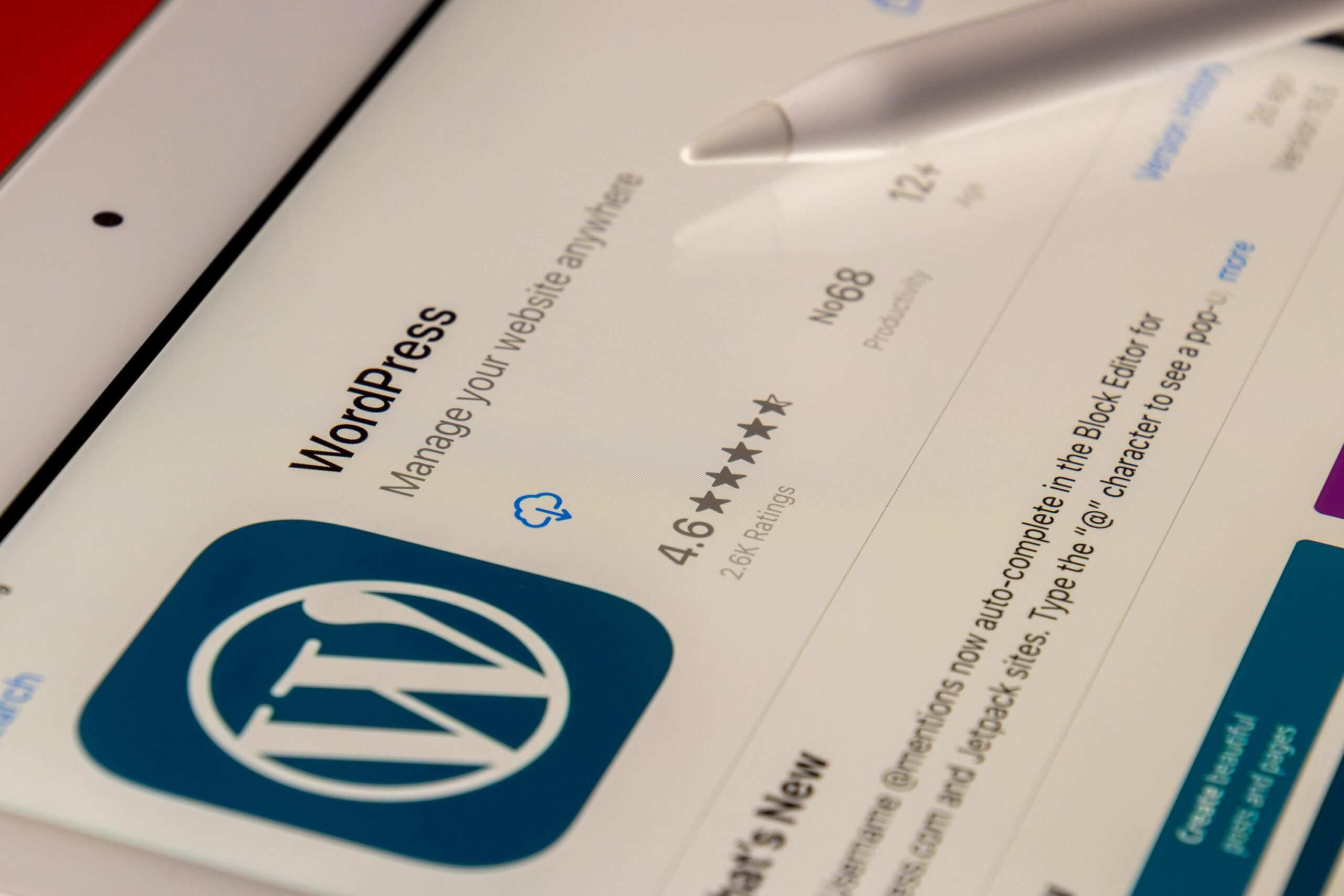
You don’t need a fancy website—start with a platform that’s easy to use and optimized for digital products:
- Shopify: Best for scaling (use apps like SendOwl for digital delivery). Costs $39/month (basic plan) + transaction fees.
- Etsy: Great for niche audiences (e.g., templates, art). Costs $0.20 per listing + 6.5% transaction fee.
- Gumroad: Simple for beginners (no monthly fees—only 10% per sale for free accounts).
- WordPress + WooCommerce: Flexible if you want full control (use plugins like Easy Digital Downloads for delivery).
When setting up your store:
- Use clear product descriptions (e.g., “Editable Canva Instagram Template—Instant Download, 10 Designs”).
- Add high-quality previews (screenshots of templates, course outlines).
- Include a refund policy (e.g., “Refunds offered within 7 days if the product is unused”).
Step 4: Automate Fulfillment & Delivery
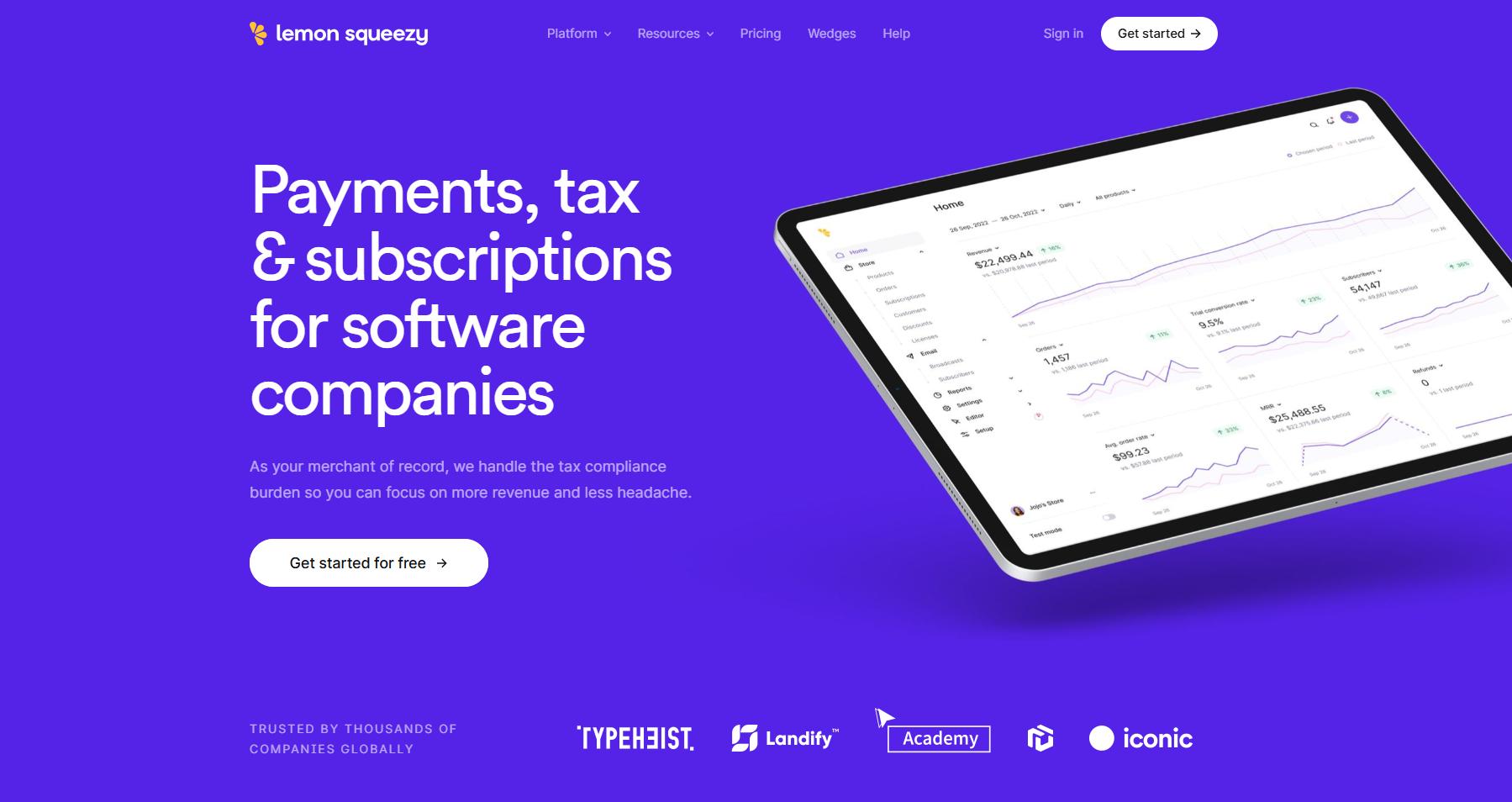
The goal of digital dropshipping is to be passive—use tools to automate order delivery:
- SendOwl: Integrates with Shopify/Etsy and sends instant download links to customers.
- LemonSqueezy: Handles payments, delivery, and tax calculations (great for international sales).
- Payhip: Free to start—automates delivery and offers discount codes.
These tools also track orders and handle customer support (e.g., resending download links), so you don’t have to.
Step 5: Market Your Store & Drive Sales

Even the best products won’t sell without marketing. Focus on these strategies:
- Content Marketing: Create blog posts or YouTube videos about your niche. Use SEO keywords like “best digital products to dropship” or “digital dropshipping for beginners.”
- Social Media: Post previews of your products on TikTok/Pinterest. Use hashtags like #DigitalDropshipping or #AIprompts.
- Paid Ads: Run low-budget ads on Facebook/Instagram.
- Email Marketing: Offer a free digital product to build an email list—then promote your paid products.
Digital Dropshipping vs Physical Dropshipping)
To decide if digital dropshipping is right for you, compare it to traditional physical dropshipping:
| Factor | Digital Dropshipping | Physical Dropshipping |
| Inventory Costs | $0 (no storage or stock) | (500–2,000)+ (initial stock, storage) |
| Delivery Time | Instant (download/email) | 3–14 days (shipping) |
| Profit Margins | 50–90% (low production costs) | 15–30% (high shipping/manufacturing costs) |
| Risk of Damage/Loss | None (no physical goods) | High (lost, damaged, or returned packages) |
| Global Reach | Unlimited (internet access = customer) | Limited (shipping restrictions, customs) |
| IP Risks | High (copyright, piracy) | Low (counterfeiting is rare) |
Key Takeaways
- Choose digital dropshipping if you want low upfront costs, instant fulfillment, and global reach.
- Choose physical dropshipping if you prefer selling tangible goods (e.g., home decor, electronics) and don’t mind handling logistics.
FAQ: Common Questions About Digital Dropshipping
Q1: Can you dropship digital products on Shopify?
Yes! Shopify is one of the best platforms for digital dropshipping. Use apps like SendOwl or Easy Digital Downloads to automate delivery. Shopify also lets you customize your store and integrate with marketing tools (e.g., Facebook Ads).
Q2: How much does it cost to start a digital dropshipping business?
You can start a digital dropshipping business for as little as $100–$300. Costs mainly cover your domain, website platform, and basic tools. With no inventory or shipping expenses, overhead stays low and profit margins can reach up to 90%, making it one of the most affordable ways to start an online business.
Q3: Do you need technical skills to start digital dropshipping?
No! Most platforms (Shopify, Etsy, Gumroad) are user-friendly, and you don’t need to code. If you’re confused, watch YouTube tutorials or use free resources (e.g., Shopify’s free digital dropshipping guide).
Q4: Is digital dropshipping a scam?
No—digital dropshipping is a legitimate business model. Scams happen when entrepreneurs sell pirated products, mislead customers, or fail to deliver on their promises. Avoid this by partnering with reputable suppliers and being transparent with customers.
Conclusion: Is Digital Dropshipping the Future of E-commerce?
Digital dropshipping isn’t just another e-commerce trend—it’s a fast-growing business model reshaping how entrepreneurs sell online. As the creator economy expands and demand for digital products like templates, e-books, and AI tools continues to rise, this model offers a scalable, low-risk way to build a global business.
Its appeal lies in three words: low-risk, scalable, and automated. You don’t need to hold inventory, manage logistics, or spend heavily upfront. While challenges like competition and copyright protection exist, digital dropshipping remains one of the most accessible opportunities for anyone starting an online business today.
If you’re ready to turn your idea into a profitable store, NicheDropshipping can help you get there. With professional sourcing, automation tools, and fulfillment support tailored to digital and physical products alike, we make it easier to launch and scale your business.
